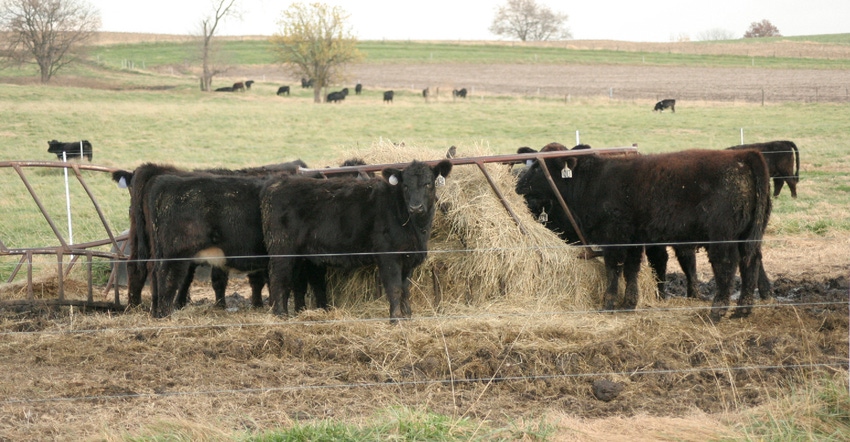February 8, 2021

The annual USDA Cattle Inventory report confirmed the expectations of most analysts — a decline in national beef cow numbers for the second consecutive year.
At a little over 31 million head, beef cow numbers have dropped by 533,000 head (−1.7%) from the recent cyclical peak at the beginning of 2019. Even after two years of declines, the beef cow herd size remains near that of 2017 and larger than every year from 2011 to 2016.
States with cow decline
With cow-calf returns struggling due to the lowest cattle prices in about a decade in 2020, the big story regarding beef cow inventory was not whether the national number would decline, but rather how large the decline would be in certain states that were dealing with a severe drought for much of the second half of 2020.
Did producers with trouble sourcing enough grass send cows to slaughter markets, or did they move into other geographical areas that could provide enough forage? It appears that the latter was the more popular choice, as many states on the periphery of the worst drought effects showed some of the largest increases in beef cow numbers.
To begin 2021, the worst drought conditions were centered in the southern Mountain States, affecting Colorado, New Mexico, Arizona and Utah. This area has struggled with drought for many months, and a look back to late summer also revealed severe-to-extreme drought conditions in much of Iowa.
Colorado posted the largest decline in beef cow numbers of any state, losing 112,000 head of beef cows (−14.5%). New Mexico and Utah combined for a drop of 30,000 head (−3.6%), while numbers were unchanged in Arizona. Iowa suffered a decrease of 15,000 head (−1.7%).
Cattle movement in drought
Most of the states who gained beef cows were not those showing no drought effects, but rather those located just outside some of the hardest-hit areas.
Texas and Oklahoma posted a combined increase of 195,000 head, even though areas of drought concern existed within both states. In fact, both Texas and Oklahoma posted hay stock levels as of Dec. 1 that were more than 5% below the average of the previous 10 years. Kansas and Florida were the other two states to show notable increases in beef cows.
It appears that while the drought forced some movement of beef cows away from the hardest-hit areas, it has not yet forced enough animals to slaughter to play a large role in the national numbers. That certainly could change in 2021, as some of the areas adding beef cows could run low on grass and hay supplies if drought conditions there were to persist or worsen through the spring and summer.
As uncertainty related to the pandemic recovery continues to plague cattle markets, it is expected that cow-calf returns, while improving this year versus last year, will not reach a level that will reverse the inventory cycle soon.
This likely will keep inventory numbers declining and place cattle prices on an increasing trajectory for the next few years. The magnitude of those price increases will heavily depend upon the strength of consumer beef demand both in the U.S. and abroad.
Brown is a livestock economist with the University of Missouri. He grew up on a diversified farm in northwest Missouri.
About the Author(s)
You May Also Like




